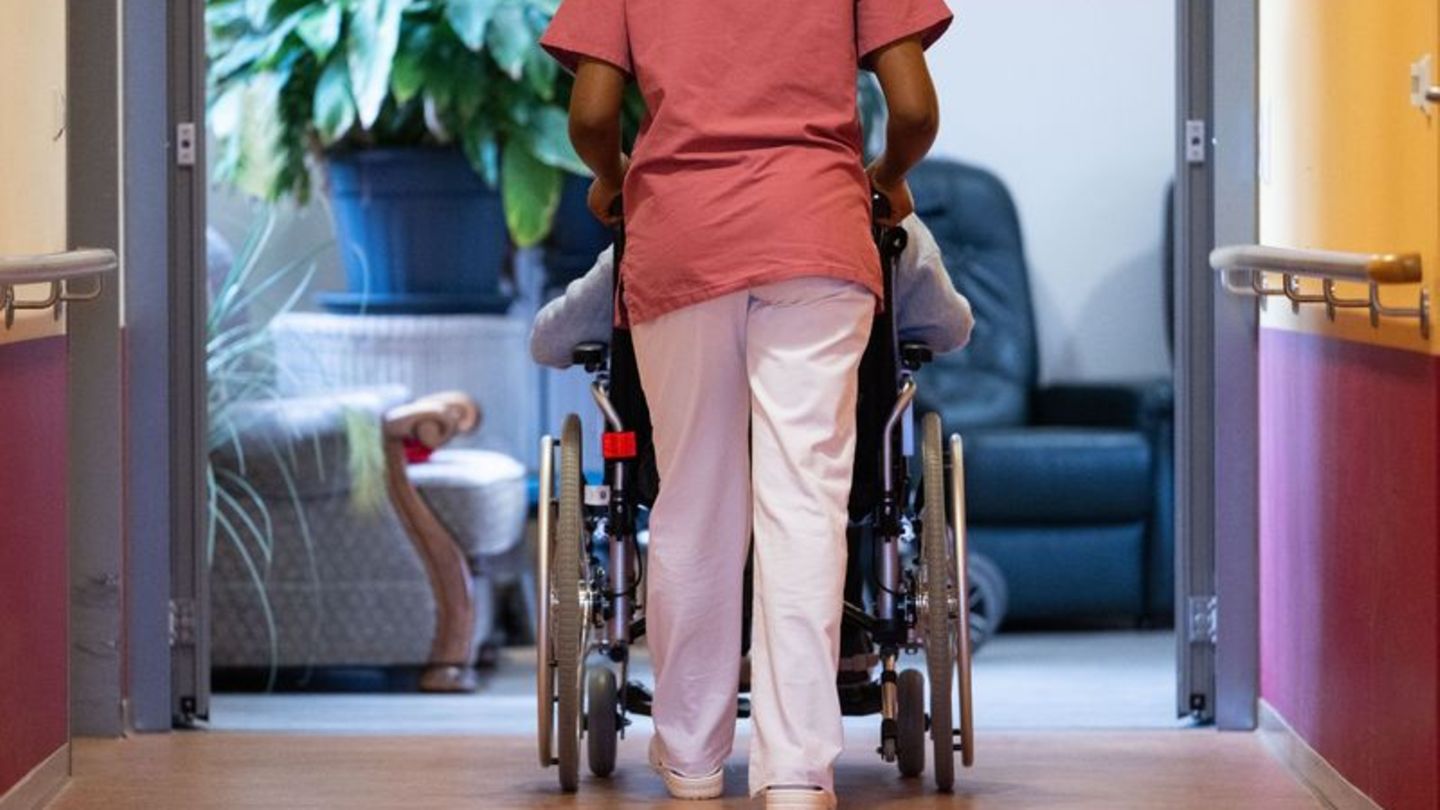The nursing industry is struggling with a staff shortage and financial worries. At the leading trade fair in Essen, exhibitors show how care can still be successful in a few years. Many ideas are surprisingly simple.
The major innovations in the care industry seem almost inconspicuous at the moment. Robots can only be seen sporadically at the geriatric care trade fair, which starts tomorrow in Essen.
Rather, the industry’s hopes lie in small, clever aids: apps and artificial intelligence should make everyday work more attractive for nursing staff – or help those in need of care to cope with less professional support. Around 500 exhibitors are represented at the industry’s leading trade fair. The challenge for everyone is how more and more old people can get good care despite the staff shortage and tight budgets.
“The challenges are greater than ever before in the geriatric care industry,” says Steve Schrader, expert for inpatient care at trade fair organizer Vincentz Network. Experts have long been warning that soon not all those in need of care will be able to get the help they need. “Security of supply is now at risk across Germany,” emphasizes Schrader.
There will be a shortage of hundreds of thousands of nursing staff in 25 years
When Federal Health Minister Karl Lauterbach (SPD) opens the trade fair congress, the industry will primarily want to convey to him the demand for better financial conditions for care. But more money alone will not be enough. Above all, there is a shortage of personnel: between 280,000 and 690,000 nursing staff will be lacking in Germany in 25 years, the Federal Statistical Office calculated in January.
Sensational developments of the past few years, such as care robots, will hardly be able to help. “The really big promises that were made when it came to robotics in care have not yet been fulfilled,” says Schrader. The focus is on simpler solutions: At the Aveneo special show, which focuses on innovative ideas as part of the trade fair, many exhibitors are showing small tools this year that are intended to provide noticeable relief in the industry on mobile phones or screens.
Artificial intelligence brings human needs together
This involves, for example, creating rosters that take into account as many of the wishes of the nursing staff and those in need of care as possible. Where a human planner reaches his limits, artificial intelligence should ensure greater satisfaction for everyone involved, explains Carolin Pauly, managing director of the Institute for Universal Design, which is responsible for the special show.
Another company offers a device that relieves nurses of paperwork – for example with automated documentation of wounds. The health of skilled workers is also an important topic – because many are currently giving up their jobs because of back problems. An exoskeleton is an offer that is intended to help you with physically difficult movements with those in need of care.
Aids for a long independent life
There would also be relief for the care industry if people in old age didn’t need so much help and could stay in their own four walls longer. For example, one provider presents a picture frame that uses a camera to observe the person in need of care and, using AI, sounds an alarm if they behave atypically or show signs of being in a bad mood. Another company is showing a vest with a built-in airbag – if an elderly person falls, it inflates and protects the head and upper body.
More money, better working conditions and flexible involvement of relatives and volunteers in care – these are promising approaches for the care of the future, emphasizes Schrader. The fundamental question is what care 50- and 60-year-olds can still receive when they get older.
“There is definitely a risk that there will be two-tier care,” warns Schrader. “Then only people who have the necessary money would be able to afford good care in a homely atmosphere – and the social welfare recipient or the normal earner would only receive standard care.” In order to prevent this, the course must be set now in politics and in the industry.
Source: Stern




